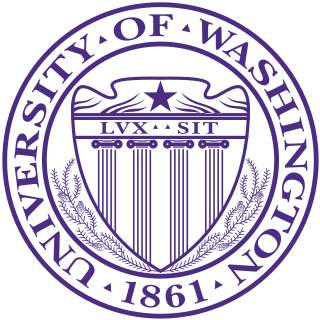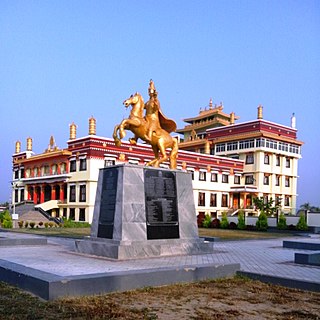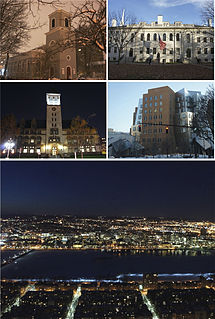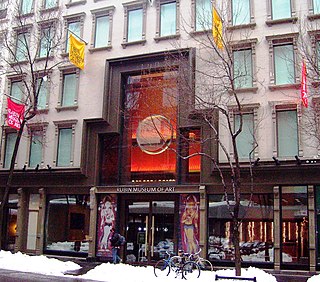
"Hīnayāna" is a Sanskrit term literally meaning the "inferior vehicle". Classical Chinese and Tibetan teachers translate it as "smaller vehicle". The term was applied to the Śrāvakayāna, the Buddhist path followed by a śrāvaka who wished to become an arhat. This pejorative term appeared around the first or second century. Hīnayāna was often contrasted with Mahāyāna, which means the "great vehicle".
The Mahayana sutras are a broad genre of Buddhist scriptures that various traditions of Mahayana Buddhism accept as canonical. They are largely preserved in the Chinese Buddhist canon, the Tibetan Buddhist canon, and in extant Sanskrit manuscripts. Around one hundred Mahayana sutras survive in Sanskrit, or in Chinese and Tibetan translations.
A tulku is a reincarnate custodian of a specific lineage of teachings in Tibetan Buddhism who is given empowerments and trained from a young age by students of his or her predecessor.
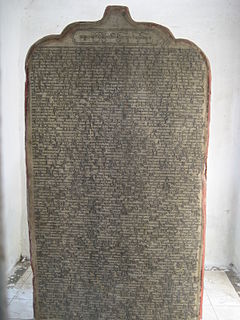
Buddhist texts were initially passed on orally by monks, but were later written down and composed as manuscripts in various Indo-Aryan languages which were then translated into other local languages as Buddhism spread. They can be categorized in a number of ways. The Western terms "scripture" and "canonical" are applied to Buddhism in inconsistent ways by Western scholars: for example, one authority refers to "scriptures and other canonical texts", while another says that scriptures can be categorized into canonical, commentarial and pseudo-canonical. Buddhist traditions have generally divided these texts with their own categories and divisions, such as that between buddhavacana "word of the Buddha," many of which are known as "sutras," and other texts, such as shastras (treatises) or Abhidharma.

The Nyingma tradition is the oldest of the four major schools of Tibetan Buddhism. "Nyingma" literally means "ancient," and is often referred to as Ngangyur because it is founded on the first translations of Buddhist scriptures from Sanskrit into Old Tibetan in the eighth century. The Tibetan alphabet and grammar was created for this endeavour.

Jamyang Khyentse Wangpo, also known by his tertön title, Pema Ösel Dongak Lingpa, was a renowned teacher, scholar and tertön of 19th-century Tibet. He was a leading figure in the Rimé movement.

In Buddhism, an āgama is used as "sacred scriptures". "Sacred work", as it is mistakenly used by Monier and Williams, is too narrow a meaning. In the Pali Canon of the Theravada, the term nikāya is used. The word āgama does not occur in this collection. Monier and Williams, as well as Rhys Davids and Stede, borrowed āgama from the earlier Russian and French Sanskritists who studied the Mahāyāna Scriptures such as the Lotus Sutra that indeed has the word āgama. The five āgamas together comprise the Sutra Collection of the early Mahayanistic Buddhist schools primarily in China and the Himalayas.
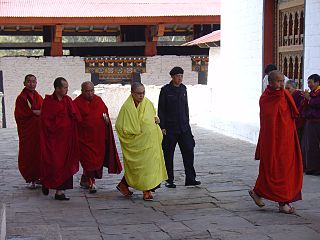
The Je Khenpo, formerly called the Dharma Raj by orientalists, is the title given to the senior religious hierarch of Bhutan. His primary duty is to lead the Dratshang Lhentshog of Bhutan, which oversees the Central Monastic Body, and to arbitrate on matters of doctrine, assisted by Five Lopen Rinpoches . The Je Khenpo is also responsible for many important liturgical and religious duties across the country. The sitting Je Khenpo is also formally the leader of the southern branch of the Drukpa Kagyu sect, which is part of the Kagyu tradition of Himalayan Buddhism. Aside from the King of Bhutan, only the Je Khenpo may don a saffron kabney.

Khakhyap Dorjé, 15th Karmapa Lama was born in Sheikor village in Tsang, Tibet. Recognised and enthroned by Migyur Wanggyel, 9th Drukchen Lama, Khakhyap Dorjé was given the Kagyu teachings by Jamgon Kongtrul. Trashi Özer and other masters completed his education. He was enthroned as the 15th Karmapa at Tsurphu Monastery when he was six years old. He went on to teach and give empowerments throughout Tibet and preserved many rare texts by having them reprinted.

Palpung Monastery is the name of the congregation of monasteries and centers of the Tai Situpa lineage of the Kagyu school of Tibetan Buddhism as well as the name of the Tai Situ's monastic seat in Derge, Kham. Palpung means "glorious union of study and practice". It originated in the 12th century and wielded considerable religious and political influence over the centuries.

Buddhavacana in Pali and Sanskrit literally means "the Word of the Buddha". This term generally refers to literary works accepted within a particular Buddhist tradition as being the authentic teaching of the historical Buddha. Many Buddhist traditions recognize certain texts as buddhavacana which are not regarded necessarily as actual words of the historical Buddha but which are nonetheless regarded as doctrinally authentic such as the Theragāthā and Vimalakīrti Nirdeśa Sūtra.
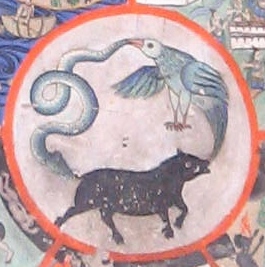
The three poisons or the three unwholesome roots, in Buddhism, refer to the three root kleshas of Moha, Raga, and Dvesha. These three poisons are considered to be three afflictions or character flaws innate in a being, the root of Taṇhā (craving), and thus in part the cause of Dukkha and rebirths.
The Tibetan Aid Project (TAP) is an operation of the Tibetan Nyingma Relief Foundation. TAP was founded in 1969 by Tarthang Tulku—a leading Tibetan master and teacher—to support the courageous efforts of Tibetans to survive in exile and re-establish their rich cultural heritage. It is a 501 c (3) non-profit organization that primarily focuses on raising funds for the production, shipment and distribution of sacred texts, art and prayer wheels for the World Peace Ceremony in Bodh Gaya, India.
The Treasury of Lives is an online, open access, peer reviewed, biographical encyclopedia of historical figures from Tibet, Inner Asia, and the Himalayan Region.
Duldzin Dragpa Gyaltsen (1374-1434), the first Kyorlung Ngari Tulku, was one of the principal disciples of Je Tsongkhapa, the founder of the Gelugpa school of Tibetan Buddhism.
The Bodongpa or Bodong tradition, is one of the smaller traditions of Tibetan Buddhism falling outside the classification of the four main schools.
Digital Dharma: One Man's Mission to Save a Culture is a 2012 American documentary film directed by Dafna Yachin. The film depicts the 50-year journey by E. Gene Smith to hunt down and digitize over 20,000 missing volumes of ancient Tibetan text.

Early Buddhist Texts (EBTs) or Early Buddhist Literature refers to the parallel texts shared by the Early Buddhist schools, including the first four Pali Nikayas, some Vinaya material like the Patimokkhas of the different Buddhist schools as well as the Chinese Āgama literature. Besides the large collections in Pali and Chinese, there are also fragmentary collections of EBT materials in Sanskrit, Khotanese, Tibetan and Gāndhārī. The modern study of early pre-sectarian Buddhism often relies on comparative scholarship using these various early Buddhist sources.





